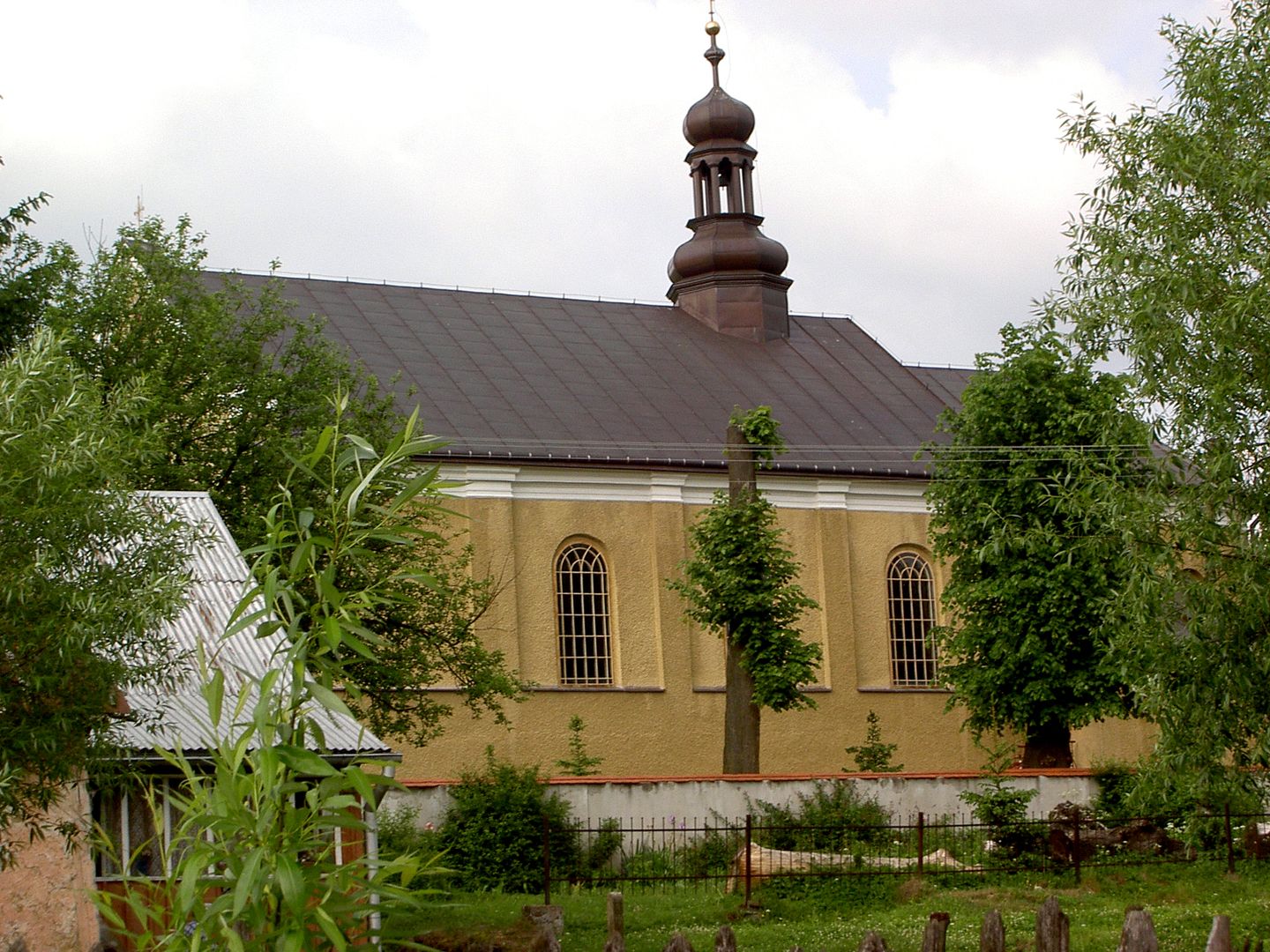Rybotycze
6.29

Overview
Rybotycze is a village located in the Podkarpackie Voivodeship, within the gmina (municipality) of Fredropol. It formerly held town rights, having been granted them before 1494 and losing that status in 1918. The history of the settlement dates back to the Middle Ages, with its area being granted to knights by King Casimir the Great in 1359.
Rybotycze was an important settlement center where, after being granted town rights, Poles settled, contributing to the development of the region. In the 16th century, the town came into the hands of various noble families, with the Tyszkowski family managing it for the longest period. The 17th century saw Rybotycze as a site of fierce struggles for control over the local castle, leading to interventions by several prominent figures, such as Jan Krasicki and Marcin Stadnicki.
Economically, the town developed thanks to crafts, primarily shoemaking, and also housed a paper mill and a glassworks. Demographically, in the 18th century, the inhabitants of Rybotycze were of various faiths, including Greek Catholics and Jews, who had their own religious communities and places of worship.
In the second half of the 20th century, the village became the site of tragic events, as from 1944 to 1946 it experienced attacks by the OUN-UPA, which led to the murders of Poles. Rybotycze was also known for its icon painting, which gave rise to the so-called "Rybotycze school," whose works could be found in many Orthodox churches in the region.
Architecturally, the village is distinguished by its wooden and brick houses from the turn of the 19th and 20th centuries, as well as a brick parish church from 1868. The village contains cemeteries: Greek Catholic, Roman Catholic, and Jewish, with 200 preserved tombstones. Rybotycze has a history connected with many individuals, including social activists who influenced the development of the local community.
Location
2025 Wizytor | All Rights Reserved